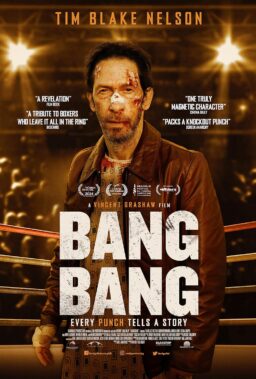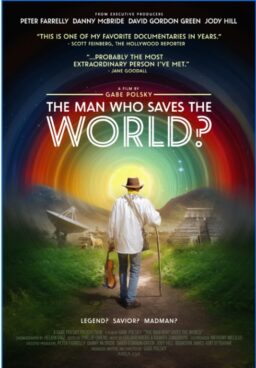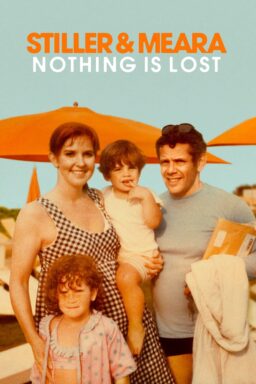Part 1
Claude Chabrol’s “La Rupture” (1970) begins in what could be a cave, with the quotation: “What utter darkness suddenly surrounds me?” The camera abruptly dollies to the right a short distance and the “cave” is revealed to have been a close-up of the bark of a tree. The movement pulls in a rustic-looking apartment building (which the DVD commentary explains is a fake French farmhouse, a suburban style popular at the time). The lens has been focused on the building in the distance the whole time; the camera has just moved around the obstacle of the old tree to show us what was “hidden” behind it. And that’s what the movie’s about, looking into the darkness beneath middle-class suburban life. This opening is, in its way, a less overtly surrealistic forerunner of the first sequence of David Lynch’s “Blue Velvet,” 16 years later. (Yet there’s still something disturbingly surreal about it, don’t you think?)
That’s the first shot. But for this film I wanted to go further — all the way through the opening credits. The second shot mimics the movement of its immediate predecessor — a lurching dolly to the right, from a blond boy sitting at the breakfast table to capture his mother, Hélène (Stéphane Audran, of course), entering with her cast iron skillet. And then, a hairy, bare-chested brute slowly lumbers into the scene through a door at the rear. This is Charles (Jean-Claude Drouot), Hélène’s husband and the boy’s father, and something is horribly wrong. He looks confused, disoriented, like maybe he’s still asleep. His messed black hair hangs savagely in he’s face, and he can only communicate in moans and grunts and cries that seem to emanate from some unknowable agony inside him.
The “rupture” in the film’s reality occurs right here, only seconds into the film, with a scene of horrifying violence that I won’t describe, except to say that it is all the more shocking for erupting so suddenly and in such a mundane setting. The credit sequence is one of the most urgent, panicked and thrilling in the cinema — a rush to the hospital in a blur of buildings, trees and vehicles (stitched together with cuts and dissolves) under bright-red titles in a rough, torn font. By the time Chabrol’s director credit rips onto the screen, your pulse should be pounding. We’re less than four minutes into the film.
Part 2
“Le Boucher,” made the same year as “La Rupture,” actually does begin deep underground in a cave, with a titles sequence scribbled over still images of ancient cave walls, rock formations and subterranean paintings from the earliest days of humankind. The actual first shot (not included here, for reasons that will become apparent) is a landscape vista from high above a river valley in which the caves and a small village are located.
Part 3
“La femme infidèle” (1969) has already been the subject of an Opening Shots entry, but here you can see the entire shot instead of just frame grabs. It’s basically an extended version of the first shot of “La Rupture,” with the camera dollying across a suburban lawn, with tree trunks passing by in the foreground, partially blacking out the image, toward what looks like a fantasy cottage or dollhouse. This is the home of the woman of the tile (Audran again, as in all three of these movies), her son, and the husband to whom she will be… “unfaithful.”
Part 4
Here is where they all come together — a montage in which the openings and closings of these three great Chabrol movies flow together in montage. The cave in “Le Boucher” becomes the tree in “La Rupture”; the camera movement to the right is repeated in three consecutive shots. The image of Audran in the kitchen dissolves into the astonishing final shot of “La femme infidel,” a dolly/zoom (the so-called “Vertigo” shot) POV that both separates husband and family, and brings them closer together. Dissolve from the bushes in the garden of “Infidel” to Audran walking out of the house in “La Rupture,” searching for her son, and looking at children’s balloons sailing away in the sky. Dissolve to Audran, sitting on the bank of the river seen at the beginning of “Le Boucher” as the dawn of an unimaginably long night slowly breaks, a woman on the edge with no place to go…
These three masterworks are all of a piece — essential movies by one of the most accomplished directors of psychological thrillers that are also autopsies of modern anomie.










